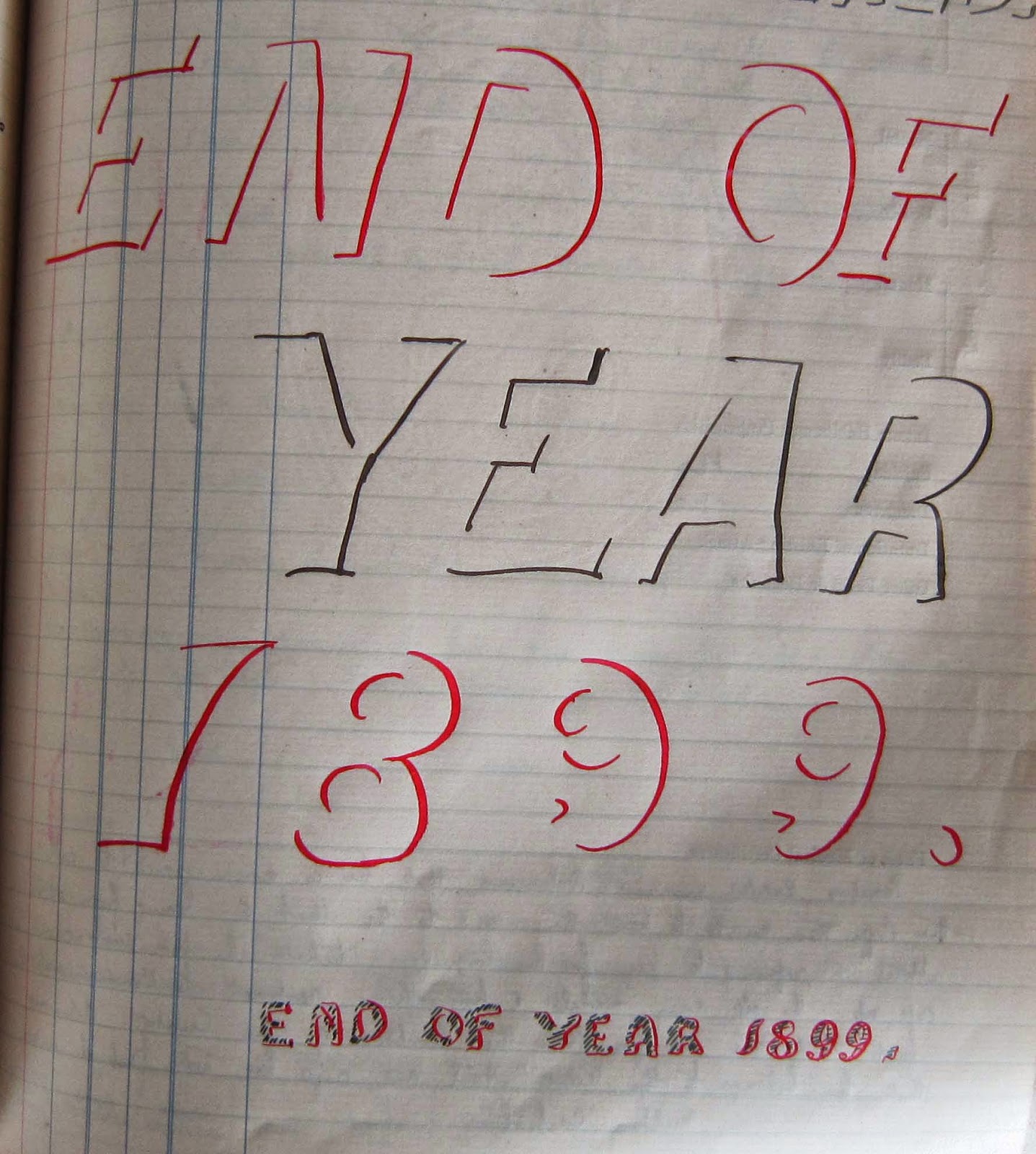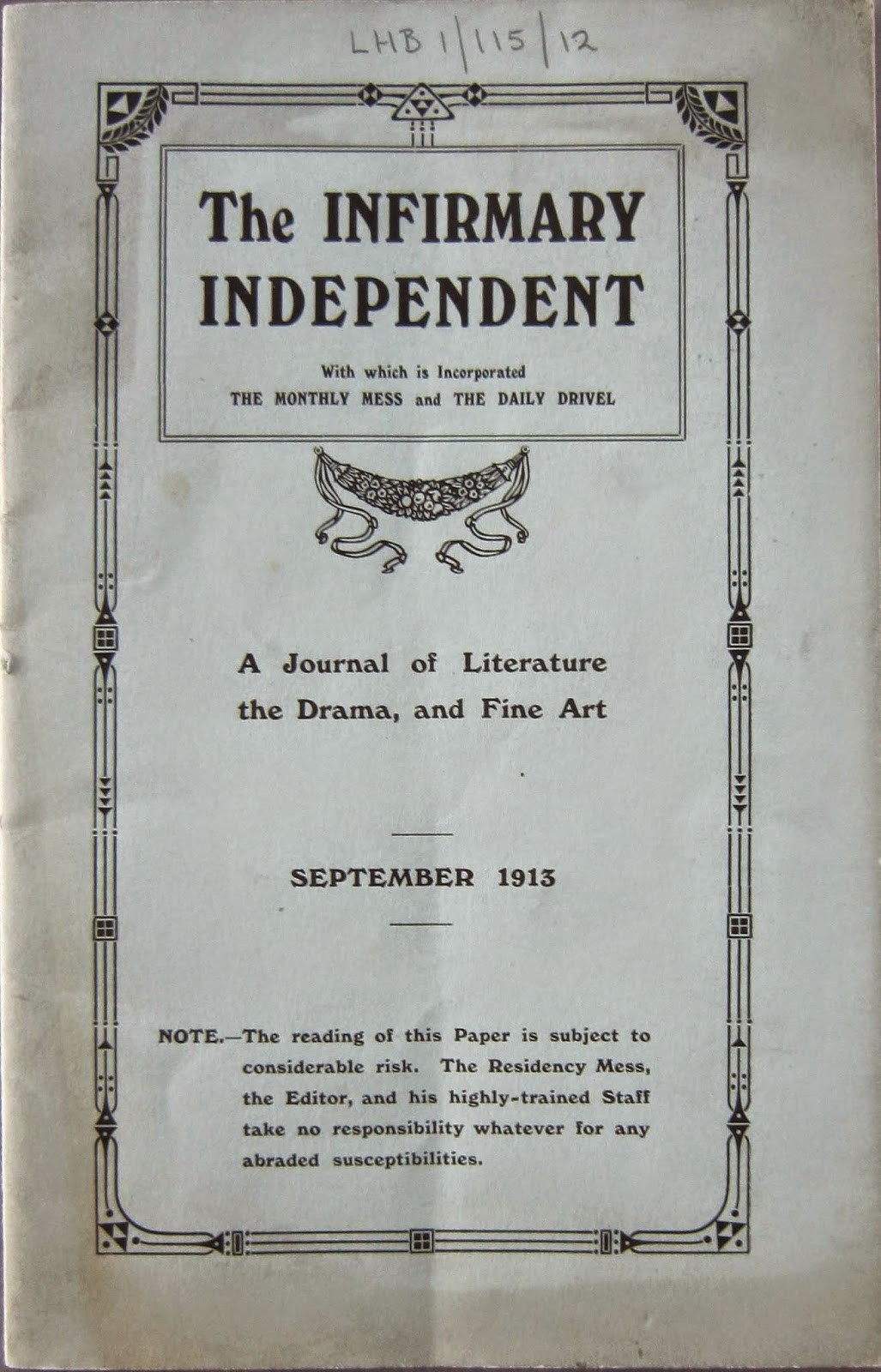This week, Archivist Louise has been asking some of LHSA’s dedicated Royal Edinburgh Hospital casebook indexing volunteers for their personal view on some of the stories that they have encountered during their time with us:LHSA’s Royal Edinburgh Hospital institutional records (LHB7) undoubtedly make up our most requested collection (although it’s not our biggest), and within that the casebooks that we ask our volunteers to index are enduringly popular with academic researchers and genealogists alike. There’s rarely a time when all the casebook volumes are on the store shelves, whether that’s because I’m researching a family history enquiry with them, they’re being used in seminar teaching or archive tours or a postgraduate student is carrying out their research around them. We have 121 case books in all, dating from 1840 to 1932 (after which cases were recorded on loose-leaf sheets housed in individual folders.)
A rare view of a full shelf of Royal Edinburgh Hospital casebooks (LHB7/51)Laura, our previous Archivist, had the bright idea to start a project for volunteers to index the casebooks in an access database, recording key details such as the name of each patient, length of treatment, diagnosis and biographical details like occupation and age. Not only has the database provided a key finding aid for individuals in genealogical searches, but it also collates fascinating statistical data across the thousands of patients whose details have been recorded so far (at the end of this week, we’re approaching 10, 800 entries).
So that’s why indexing the casebooks is good for us – but it’s also good for volunteers, giving an introduction into what sort of records that we keep, experience of an archive environment key to entry for vocational qualifications, knowledge of how to handle valuable and unique material and of course all-important skills in deciphering handwriting (essential if you want to work with unpublished documents, which make up the majority of most archival collections.)
 A view inside one of the casebooks from 1901 - 1902 (LHB7/51/79)
A view inside one of the casebooks from 1901 - 1902 (LHB7/51/79)At the moment, we have four volunteers working on indexing the cases – Fiona Mossman, Aidan Hurst, Arianna Shorey and Catriona Colquhoun – and I’ve asked them to tell me a little more about their impressions of the casebooks and volunteering with us. Because Catriona only started her indexing this week, I didn’t think it was fair to ask her to give her impressions after day one!
For Aidan, volunteering with us has been the first step to exploring a career in archives:
“I started volunteering at LHSA in the middle of November 2014. My first task was to help transcribe a register of the outdoor blind as part of a Royal National Institute for the Blind (RNIB) Scotland project supported by LHSA. I have greatly enjoyed volunteering at LHSA so far – the staff here have been very friendly and welcoming and I feel like I have learned a lot.”
In fact, we learnt today that Aidan has been successful in obtaining a conditional place on the MSc in Information Management and Preservation at the University of Glasgow this Autumn to take his experience in archives to the next level. Congratulations, Aidan!
Aidan busy in the office
Quite a few of our volunteers in the Centre for Research Collections are University of Edinburgh students, wanting to find out about different careers. Both Arianna Shorey and Fiona Mossman started to volunteer more regularly with us after being involved in one of our Volunteer Taster Days, where you can come in to LHSA for a day (whether you’re a University of Edinburgh student or not) and find out a bit more about the archives that we hold and how we work with them. There’s no obligation at all to come back to us, but we find that quite a few people do (it must be the free LHSA pencils!). Arianna is a studying Chinese Studies as a postgraduate, and has enjoyed both the palaeographic challenges and societal insights that these casebooks hold: “I enjoy the process of indexing the old records and trying to decipher the beautiful cursive script. It is challenging, very similar in a way to a puzzle, but also very rewarding. One of the most interesting things to record is the occupations of the patients. Occasionally, I will come across an unusual occupation, like bookbinder, one that seems to transcend time, like poet, or one that is just so characteristic of the time period the record is coming from, like a cab driver or mattress maker. Little indications of major historical events recorded in the casebooks often catch my attention too, like the acknowledgement of the passing of a new year by decorating a page of the casebook, particularly 1900, or a gradual change in diagnoses, occupation and even names. By far the best thing about the project is the unpredictable nature of the information. Although the type of information you are looking for stays the same, each record, and often, author are different and completely unpredictable.”

Arianna has been brave enough to tackle a more challenging aspect of the indexing as well – looking through earlier volumes that are not structured by a form, but with key data hidden inside paragraphs of physicians’ often idiosyncratic handwriting.
Fiona joined us last September, partly to compliment her undergraduate studies, but also as a step towards gaining her Edinburgh Award, a programme that recognises students’ extra-curricular experience (such as volunteering) by encouraging them to measure the benefits that they have gained: “Indexing some of the casebooks has given me a taste of what happens in archives while fitting in with the rest of my studies. Perhaps the biggest challenge is the handwriting. There was also much to learn from the point of view of the history of the project, which is a record of mental health patients in Edinburgh from the 1840s until the 1930s. Familiar Edinburgh landmarks and the interesting titbits of information about patients – the delusions of being royalty, or of electrical equipment that could read thoughts – situated the patients more firmly for me. Some case-notes are very sad, as in the case of people suffering from the deaths of loved ones, from overwork or accidents, from rape or abuse to congenital diseases. Working on this project can give an insight into the lives of doctors and patients in Edinburgh over a hundred years ago, and has also helped to create a resource for those who want to research these casebooks for ancestors or for academic research.”
It’ll soon be Fiona’s last week with us, and she has shown great dedication to the project, having presented to us as part of her Edinburgh Award and even creating a guide to help future volunteers to get over the initial hurdles of indexing, such as deciphering names, handwriting and contractions of words, as well as translating the contemporary conventions of the casebooks like now unfamiliar occupations and psychiatric diagnoses.
Examples of some challenging handwriting and contractions used in the casebooks. You can learn more about volunteering with LHSA here.
 Student Health Services encourages students to “Get Yourself Tested”
and participate in sexually transmitted infection (STI) testing.
Illinois State students have the opportunity year-round to get tested
for various types of STIs.
Student Health Services encourages students to “Get Yourself Tested”
and participate in sexually transmitted infection (STI) testing.
Illinois State students have the opportunity year-round to get tested
for various types of STIs. 








.jpg)































.jpg)





